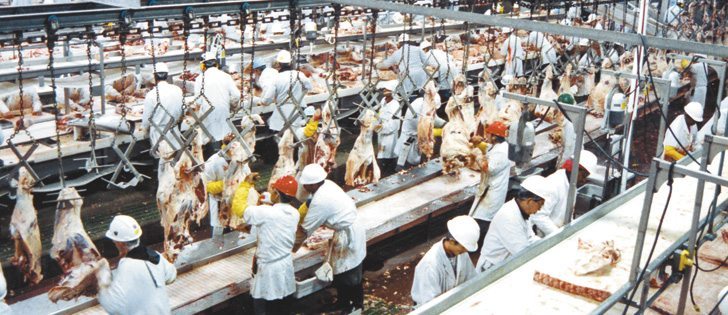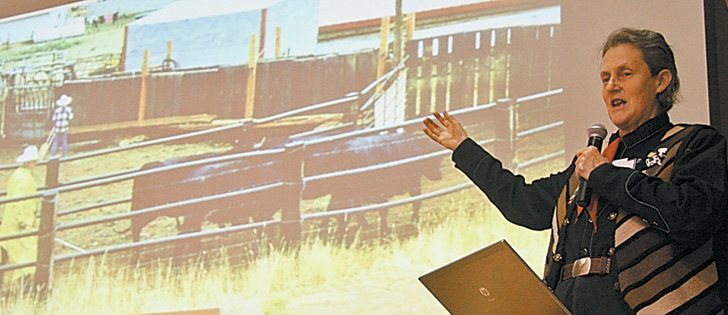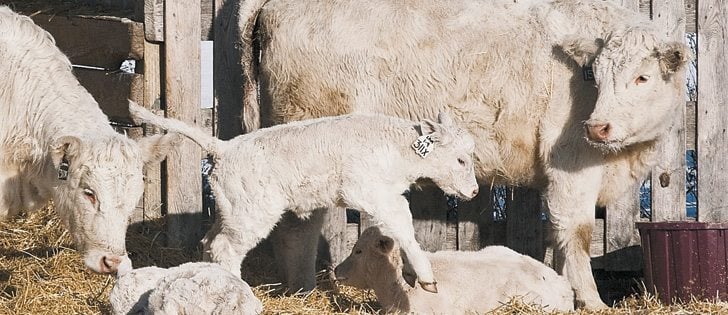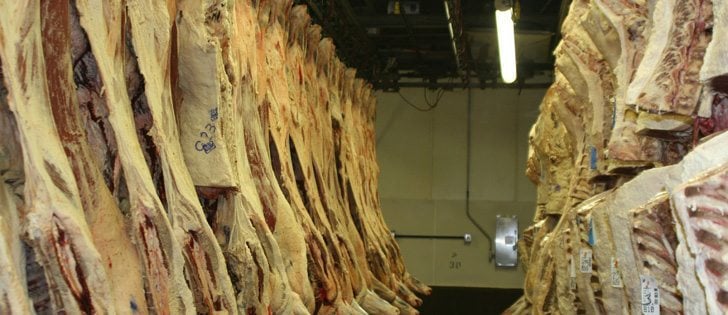Talk of the Canadian dollar possibly reaching par with the American dollar is sending shivers down the spines of many Canadian farmers.
But some non-bank analysts are not convinced that the loonie is likely to reach parity with the U.S. dollar.
“Maybe it is. It feels a bit like it’s going that way,” acknowledged broker Ken Ball of Union Securities. “But it’s really struggling at 93 (cents US).”
The loonie has rallied against the American dollar since early July, but it was not a steady run, with several partial retreats before rising again.
Read Also
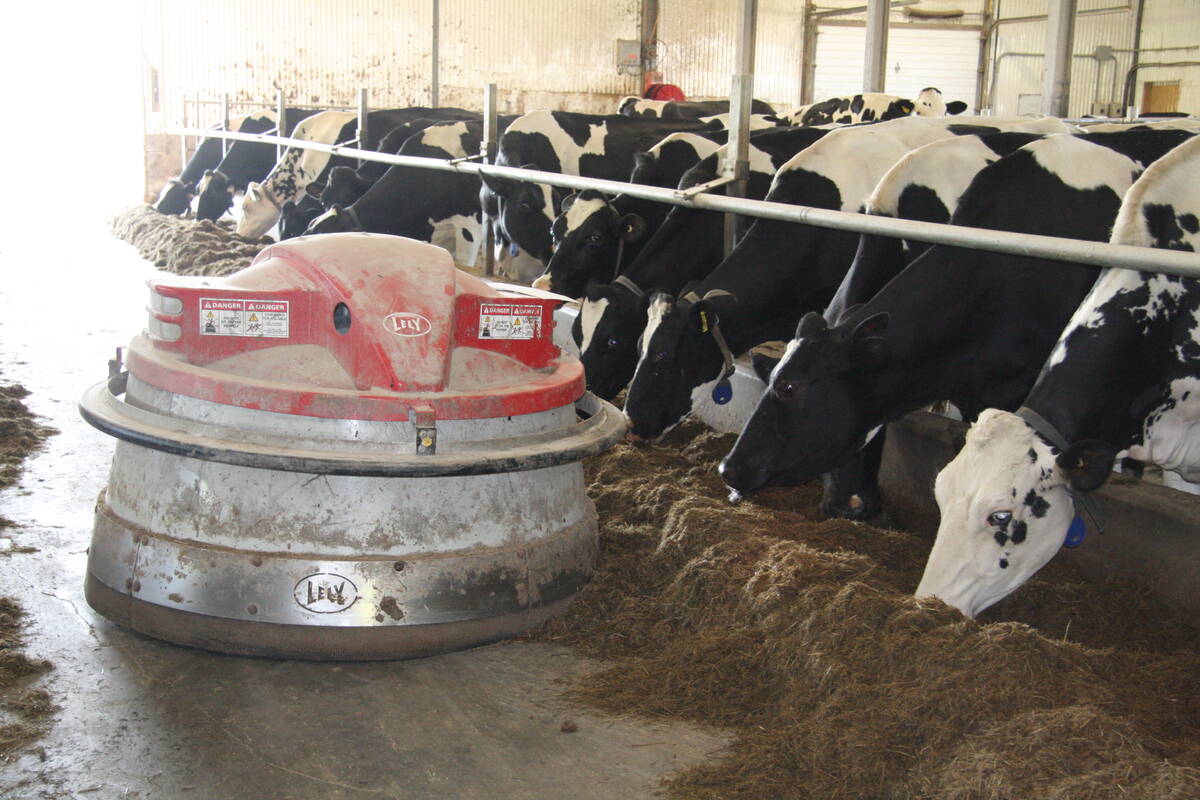
Partnerships, communication key to disease management
Communication and strong, trusted partnerships are key to managing infectious diseases like Foot and Mouth Disease and HPAI.
But Ball noted other currencies have rallied more against the U.S. dollar, so the loonie doesn’t seem particularly strong. And the price of oil still seems to set the loonie’s tone, with a selloff in oil late last week causing the currency to drop back in step.
“It’s a really volatile situation right now,” said Ball.
Currency exchange rates are a complex interplay of various countries’ economies, fiscal situations and trade flows, as well as all the other factors that move most markets.
Many analysts have predicted for a year a sharp decline in the U.S. dollar because of huge U.S. government deficit spending, but there has been no precipitous collapse of the greenback.
During the fall 2008 market debacle, the U.S. dollar rose strongly. Since then it has declined but not slumped. Many Canadian bank economists suggest parity is a realistic possibility this year, something that would undermine the prices of many commodities.
Tyler Fulton, risk management specialist with Manitoba Pork Marketing Co-op, said short-term currency fluctuations are wrinkles in the market, but long-term relationships are critically important to the economic viability of the Canadian hog industry.
“A lot of guys think they can compete with the U.S. producer at 90 cents,” said Fulton.
“What cuts into their certainty is the chance that the dollar climbs out of that zone.”
A Canadian dollar at par would be a disaster if that became the long-term average, Fulton said. The current level would mean the need for reduced hog production and a few cents lower would mean today’s industry is long-term viable.
“An 85 cent dollar is a lot better than 92 cents and arguably the industry as it’s currently structured is competitive, very competitive, at 85 cents,” said Fulton. “At parity, it would have a decimating effect.”
On Sept. 10, the Bank of Canada repeated its willingness to use “quantitative easing,” a way of increasing the money supply, to stop the dollar suddenly rising, but also noted strong signs of economic recovery and evidence that Canada’s recession may be over.
The central bank has said it doesn’t intend to raise interest rates until mid-2010, but its discussion of economic growth and the likelihood that the recession in Canada is over suggests to many analysts that the bank now sees inflation as a more likely possibility than deflation.
If anything, that suggests the central bank will be loathe to overstimulate the economy with extra money. Essentially, the danger of inflation argues against the bank moving aggressively to undercut the loonie’s value..
“I was holding out some hope that they would be interceding and take some action, but I didn’t sense that from the statement,” said Fulton.
Ball said he can understand the argument of why the loonie would climb to parity, but said there are as many factors playing against it. The U.S. government is running large deficits as is Canada’s and finance minister Jim Flaherty recently noted that deficit spending is now projected to last until 2016, which is longer than previously expected.
And Canada’s trade surplus – a force helping drive the dollar stronger – has been declining.
Unhappily for producers, some of that trade decline has come from the sudden slump in exports of Canadian pigs and pork.



